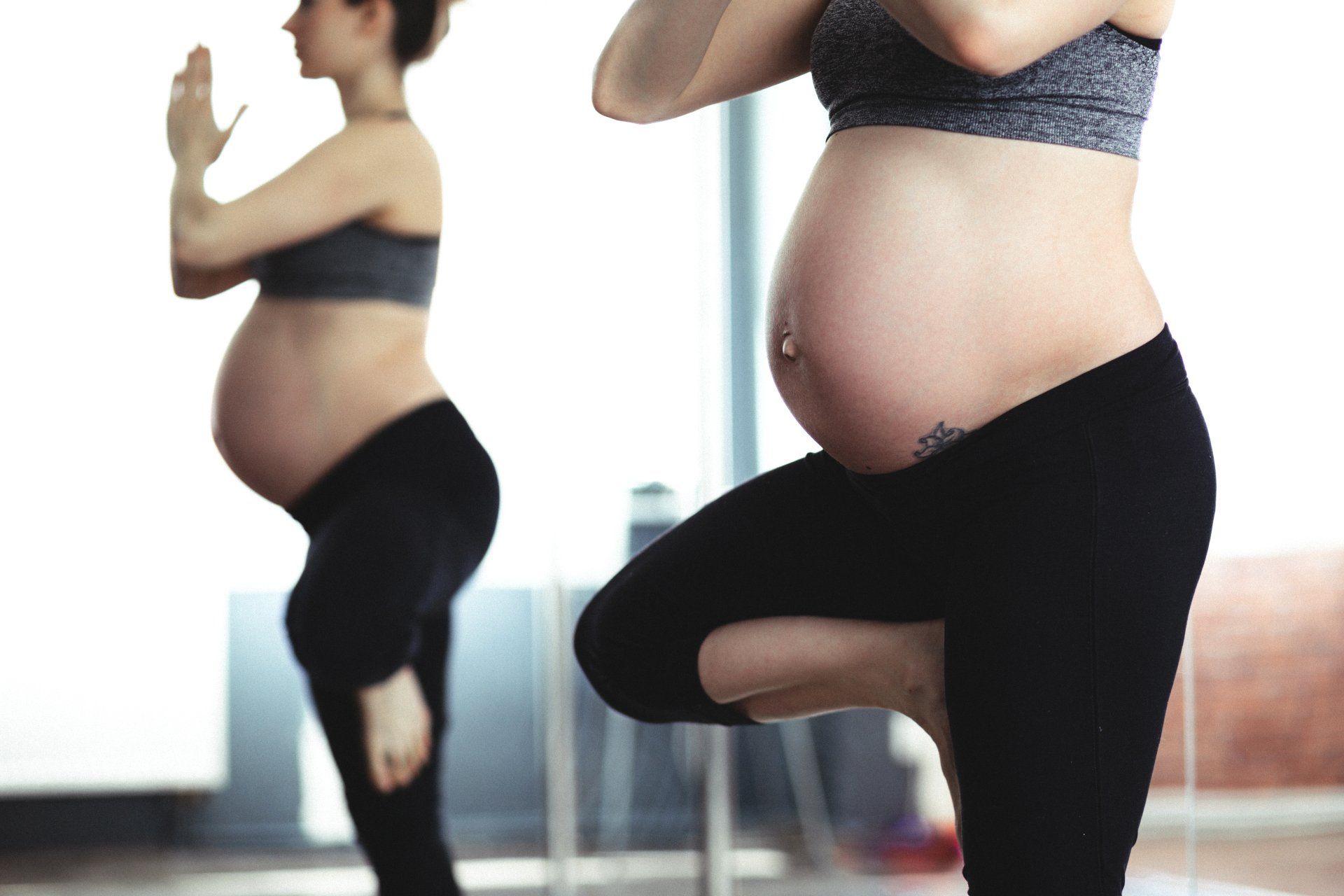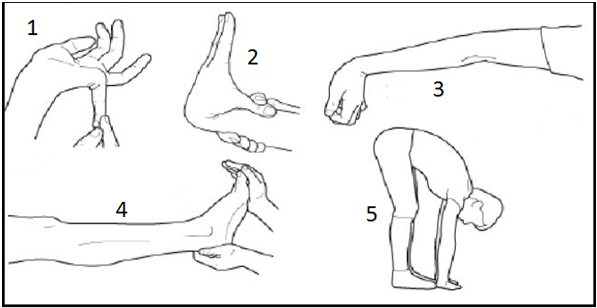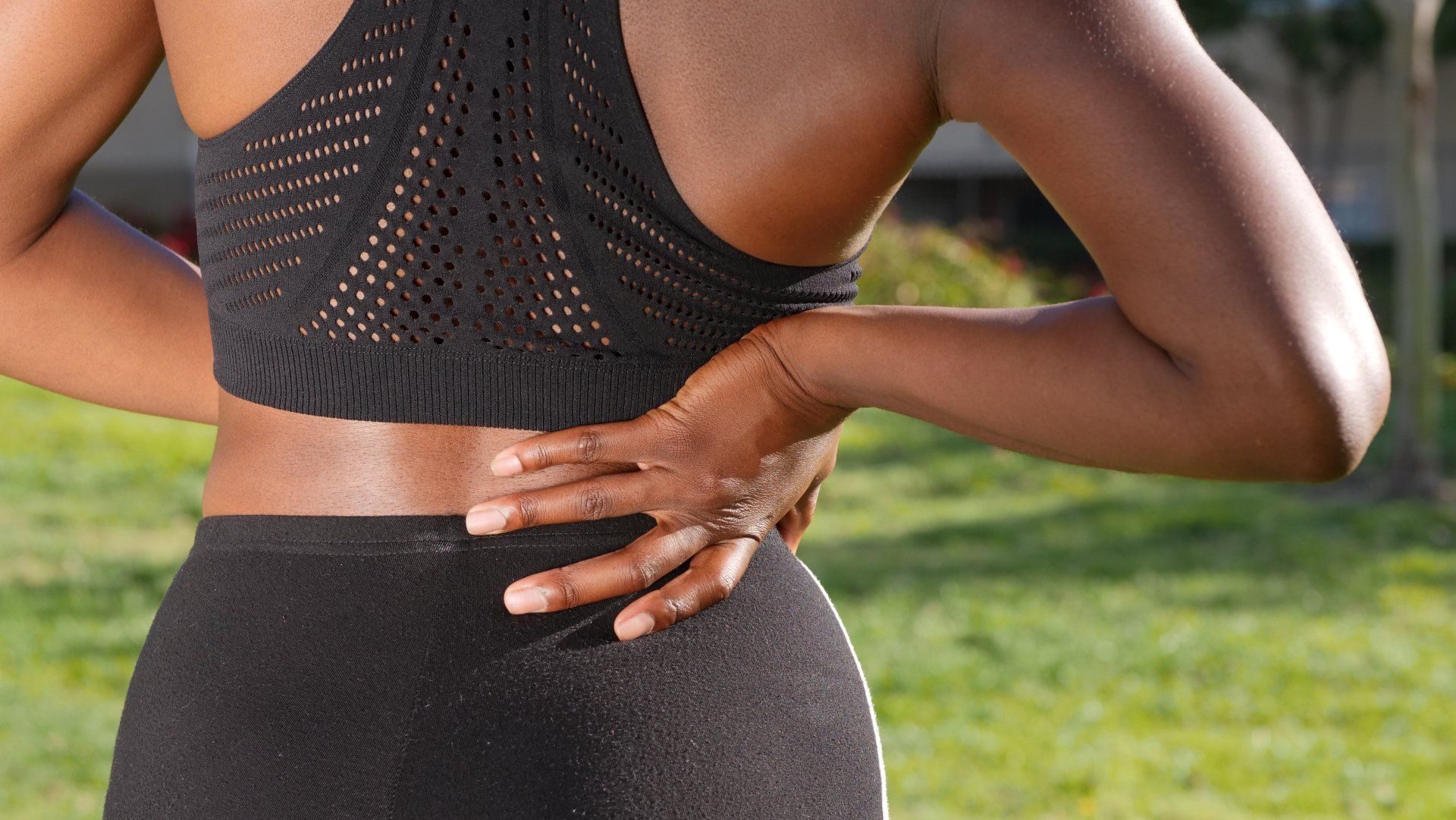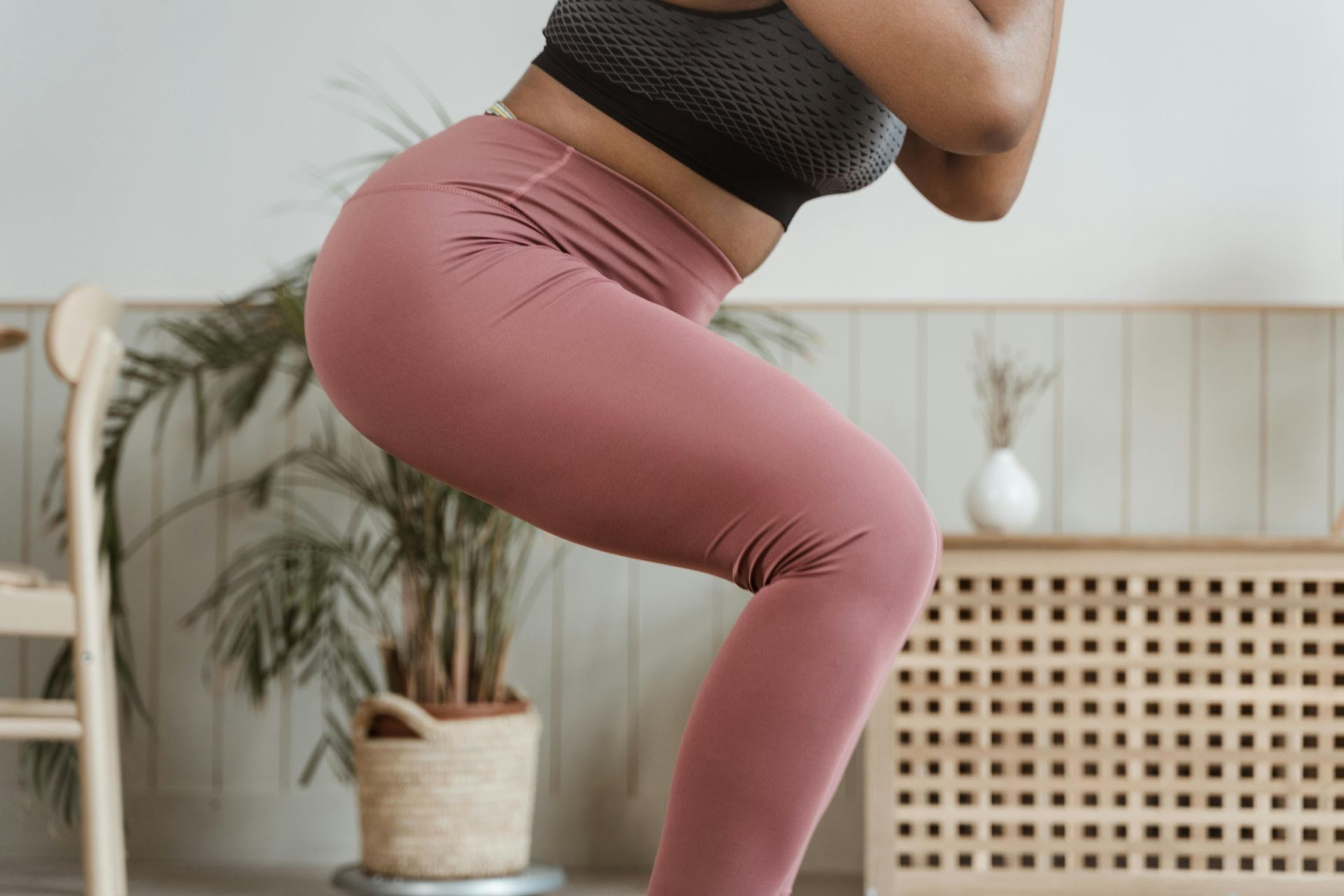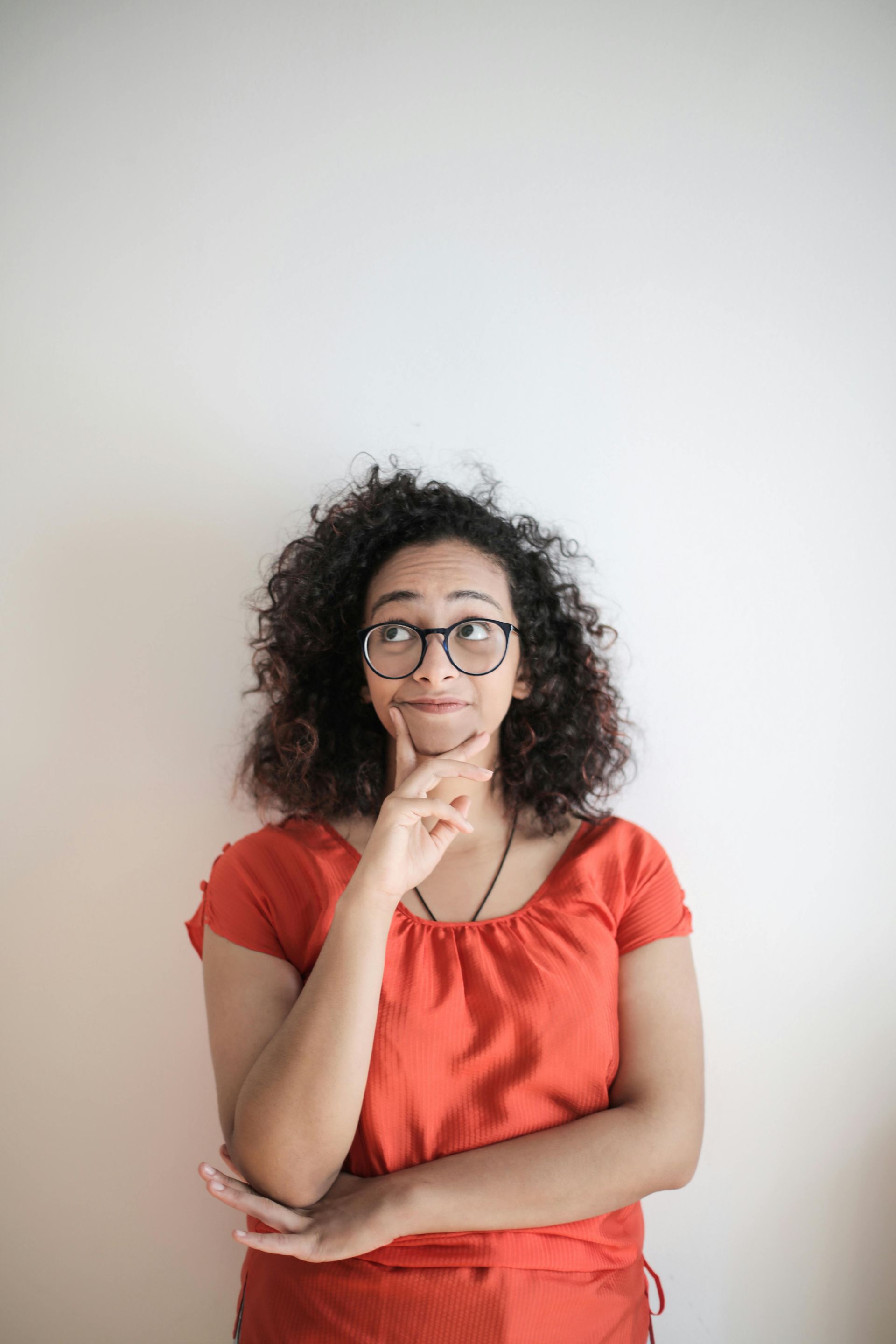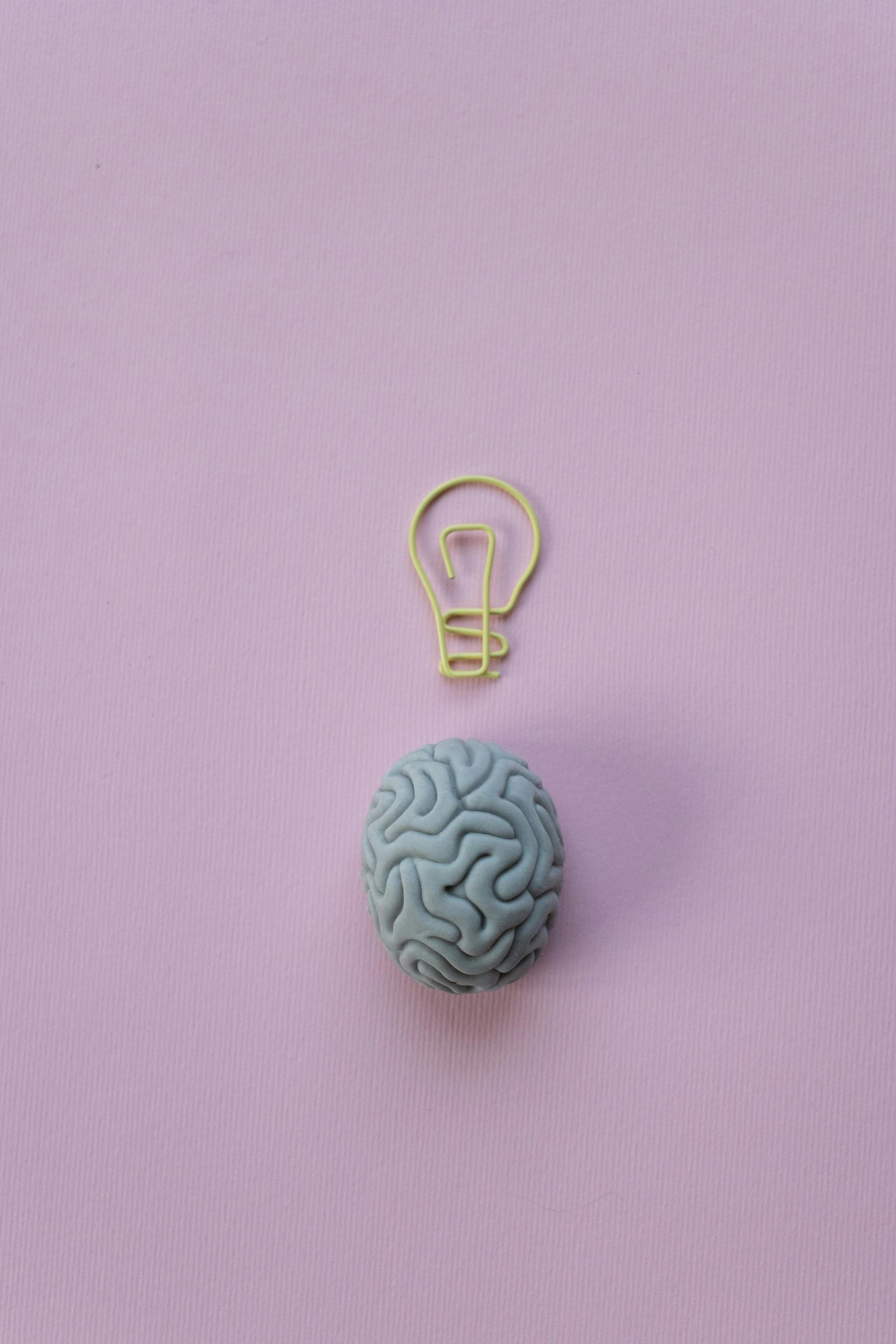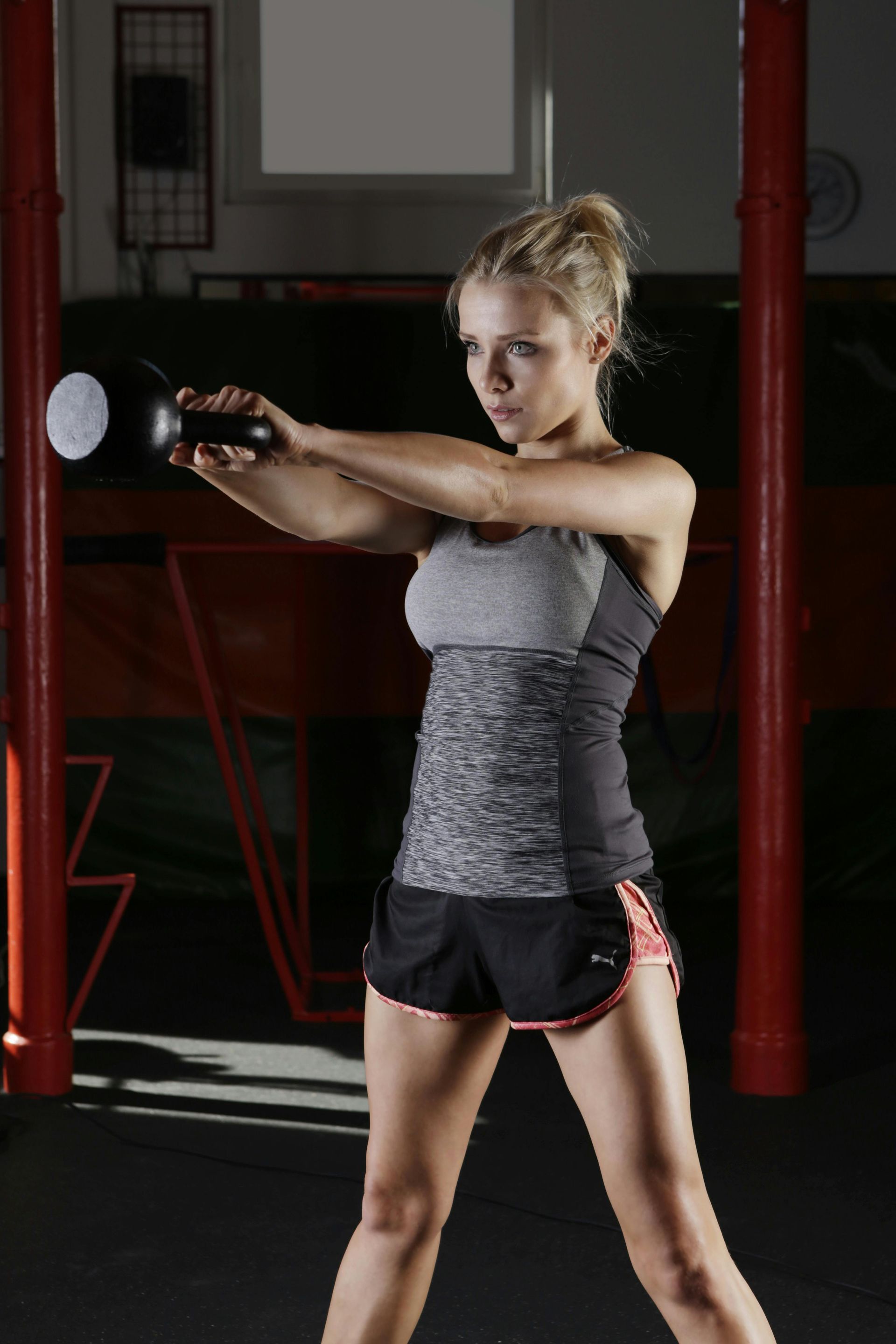Yes, Pilates is suitable for you if you're pregnant or you're trying to get pregnant. In fact, preparing your body is going to help you to have a better pregnancy and birth experience
1. Trying to get pregnant without IVF: whether you've never done Pilates before, or are an experienced Pilateer, Pilates is definitely good for you during this time. There are no particular exercises that you should avoid (assuming no other injuries or issues).
2. Trying to get pregnant with IVF: There's a balance between getting enough movement and over-doing it during IVF treatment.
Definitely avoid intense or high impact exercise and you should also avoid movements that involve twisting or turning upside down (exercises like rolling like a ball/ seal; rollover; or jackknife).
You might also want to limit the amount of time you spend exercising and many doctors may advise you to avoid exercising at all during the week of egg retrieval.
In general, take the advice of your doctor!
3. First trimester: Many people don't even know they're pregnant during the first three months and there aren't any exercises that you should particularly avoid during this period.
Do listen to your body though - if something doesn't feel right, don't do it.
By the way, if you suddenly seem much more flexible than before, that's the relaxin getting your pelvic girdle ready for the birth. This means that you do need to take a little extra care not to over-extend joints.

